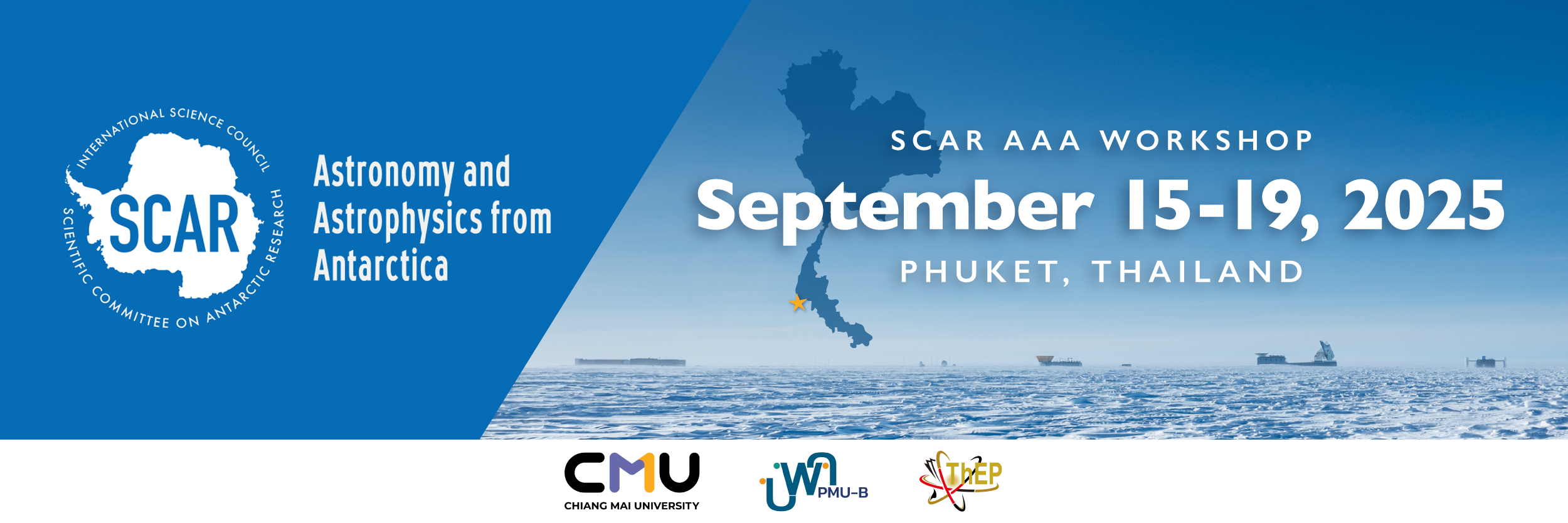Speaker
Description
The Argentinean Antarctic Space Weather Observatory (AASWO) continues to play a leading role in advancing the understanding of space weather phenomena from high-latitude environments. Since the establishment of its first node at Marambio Base in February 2019, AASWO has operated a cutting-edge laboratory designed and maintained by the Argentine Space Weather Laboratory (LAMP, Laboratorio Argentino de Meteorología del esPacio), a collaborative initiative of IAFE (Institute for Astronomy and Space Physics), IAA (Instituto Antártico Argentino) and DCAO (Departamento de Ciencias de la Atmósfera y los Océanos de la Universidad de Buenos Aires).
This Marambio facility hosts a suite of scientific instruments, including a cosmic ray detector, high-sensitivity magnetometers, and a meteorological station. Engineered specifically to endure the harsh Antarctic climate, the infrastructure incorporates materials and systems capable of withstanding extremely low temperatures and sustained high winds. Redundant power supplies based on gel batteries and precise GPS time synchronization ensure reliable, high-resolution data acquisition. Real-time data transmission to LAMP's central servers in Buenos Aires supports the continuous generation of operational space weather products, accessible via the laboratory’s online platform.
As part of its strategic expansion, AASWO has recently completed the installation of its second observational node at the General San Martín Base, within the framework of the 2024 Austral Summer Campaign. The San Martín node is now fully operational, and initial space weather events have already been successfully recorded at both Antarctic sites. This expanded observational capability significantly enhances the spatial coverage of space weather monitoring in the Southern Hemisphere, contributing to the global effort to understand high-latitude space weather dynamics.
Efforts are also underway to integrate the data collected by AASWO’s Cherenkov detectors into the Neutron Monitor Database (NMDB). This process, currently in the testing and calibration phase, aims to ensure the reliability and consistency of the measurements before their inclusion. The integration will provide valuable high-latitude datasets to the international scientific community and promote broader collaboration in space weather research.

